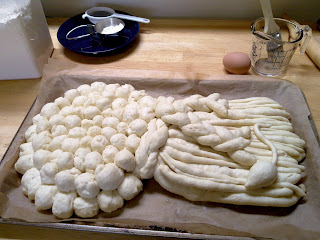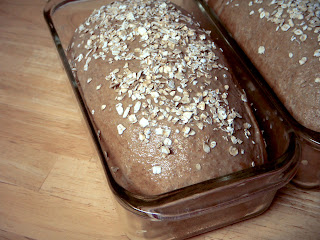Come sit at my table and share with me
Warm gingerbread cookies and cinnamon tea
There is something spectacularly Christmas-y about gingerbread. From the treacly spice cake of English gingerbread to the crunchy yet delicate Piparkakut of Finnish gingerbread to the Lebkuchen houses of German gingerbread, the smell of ginger and cinnamon and nutmeg and molasses baking together summons up memories of Christmases from childhood.
Warm gingerbread cookies and cinnamon tea
There is something spectacularly Christmas-y about gingerbread. From the treacly spice cake of English gingerbread to the crunchy yet delicate Piparkakut of Finnish gingerbread to the Lebkuchen houses of German gingerbread, the smell of ginger and cinnamon and nutmeg and molasses baking together summons up memories of Christmases from childhood.
Brought to Europe in 992 by an Armenian monk by the name of Gregory of Nicopolis, gingerbread has enjoyed lasting popularity in its many forms throughout Europe and in America and is especially treasured at Christmastime when the weather turns colder.
This is a breakfast version of the beloved treat and has the same heavenly aroma as you bake it. The rich, spicy flavour goes very well with the delicate vanilla of homemade whipped cream.
Vanilla Bean Whipped Cream
2 cups heavy cream
1 vanilla bean
1/4 cup powdered sugar
Place the cream in a medium bowl. Cut the vanilla bean in half lengthwise and scrape out the seeds. Add the vanilla seeds to the cream and whisk gently to combine. Cover the mixture and refrigerate for one hour.
1 vanilla bean
1/4 cup powdered sugar
Place the cream in a medium bowl. Cut the vanilla bean in half lengthwise and scrape out the seeds. Add the vanilla seeds to the cream and whisk gently to combine. Cover the mixture and refrigerate for one hour.
Beat the cream at medium speed with an electric mixer or use a wire whisk until soft peaks form. Slowly add the sugar and continue to beat just until stiff peaks form. Do not over whip.
Cover and refrigerate until your waffles are ready to be served.
3 cups all-purpose flour
4 tsp baking powder
2 tsp ground cinnamon
2 tsp ground ginger
1/2 tsp grated nutmeg
1/2 tsp salt
4 large eggs
2/3 cup packed dark brown sugar
1 16-ounce canned pumpkin puree
1 cup milk
1/2 cup molasses
1/2 cup (1 stick) melted butter
Preheat the waffle iron.
In a large bowl combine flour, baking powder, cinnamon, ginger, nutmeg and salt.
In a medium bowl, beat the eggs and brown sugar until fluffy, then beat in the pumpkin, milk, molasses and melted butter.
Stir the wet ingredients into dry ingredients until just moist. Do not over-stir.
Brush the waffle iron with a little melted butter. Add batter according to the waffle iron manufacturer's directions.
My waffle iron takes just under a cup of batter.
Bake until a rich, golden brown and slightly crisp.
Serve immediately, topped with the fresh vanilla whipped cream.
This makes about 8 to 10 large waffles.
If you don't have a waffle iron, no need to miss out on the yumminess. It is easy to convert a waffle batter into a pancake batter. With waffles, you are going for crisp on the outside and light and fluffy on the inside; but with pancakes you want a moist, cake-like texture throughout.
Eliminate the melted butter. Reduce the baking powder to 3 tsp. Once the batter is mixed up, if it seems too thick, add a little bit of extra milk. You don't want the pancakes to be too thick as they will remain uncooked in the middle. Pour 1/3 cup of batter at a time on a medium heat pan or griddle. Flip the pancake when you begin to see plenty of bubbles at the top of the batter.
If you don't have a waffle iron, no need to miss out on the yumminess. It is easy to convert a waffle batter into a pancake batter. With waffles, you are going for crisp on the outside and light and fluffy on the inside; but with pancakes you want a moist, cake-like texture throughout.
Eliminate the melted butter. Reduce the baking powder to 3 tsp. Once the batter is mixed up, if it seems too thick, add a little bit of extra milk. You don't want the pancakes to be too thick as they will remain uncooked in the middle. Pour 1/3 cup of batter at a time on a medium heat pan or griddle. Flip the pancake when you begin to see plenty of bubbles at the top of the batter.

















































